Some RV owners may question whether RV tire covers are worth using. You may not even think about using RV tire covers until you see someone else in the campground putting them on. During our 18+ years of full-time RVing, we’ve used our RV tire covers as often as possible, and our tires have benefitted immensely… along with our pocketbook.
Here are the top four reasons why we think RV tire covers are so important. And be sure to keep reading… at the end of the post, we’ll tell you about the AWESOME new tire covers we’re using now. We even created a video about how well they work, why we love them so much, and how you can get some for your own RV.
The 4 Reasons We Recommend RV Tire Covers
We all want to extend the lives of our RV tires, especially because good tires are an investment. Depending on the size of your RV, you’ll spend hundreds or even thousands of dollars replacing your tires, so protecting them and extending their lifespan is important.
(1) UV Protection
Ultraviolet light, or UV for short, degrades the rubber of your RV’s tires. And of course, direct sunlight is the source of huge amounts of UV. Repeated UV exposure over time can cause tires to crack and split, making them unsafe to drive on, even when they’re not that old, and with plenty of tread left.
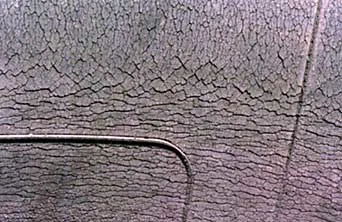
The sun can prematurely age your tires. Use RV tire covers! (Photo credit: TireRack.com)
RV tire covers protect your tires from this harmful UV exposure, keeping you safer and lengthening the lifespan of the tires.
We advise putting on RV tire covers when you reach your camping destination and anytime your RV is stored outside. The more you keep your tires covered, the less UV exposure they’ll get… and the longer they’ll last.
If your RV has a spare tire, don’t forget to keep it covered, too. You don’t want to change a flat tire for one that’s been degraded by sitting out in the sun, unprotected, for years. This is unsafe and could make an already stressful situation even worse.
(2) RV Tire Covers Protect Against The Elements
In addition to the damaging effects of exposure to UV, there are plenty of other environmental factors that can damage your tires. Heat. Cold. Rain. Ice. Snow. RV tire covers protect your tires from weather extremes, especially when your RV is stored outside.
But it’s not just the tires that need protection from these conditions. Your RV’s wheels (including the wheel hub and bearings) can be damaged by long-term exposure to the elements. So using an RV tire cover helps to keep them protected, too.
(3) Aesthetics
Our tires can look a bit grubby after trips through rain, snow, and mud on our way to our favorite boondocking spots. Tire covers camouflage this dirt and grime until you can clean your tires, especially in RV parks where they don’t allow you to wash your rig.
And once your rig has been washed, RV tire covers help to keep your tires clean, especially if you wash the covers themselves at the same time you wash your RV!
(4) Return on Investment
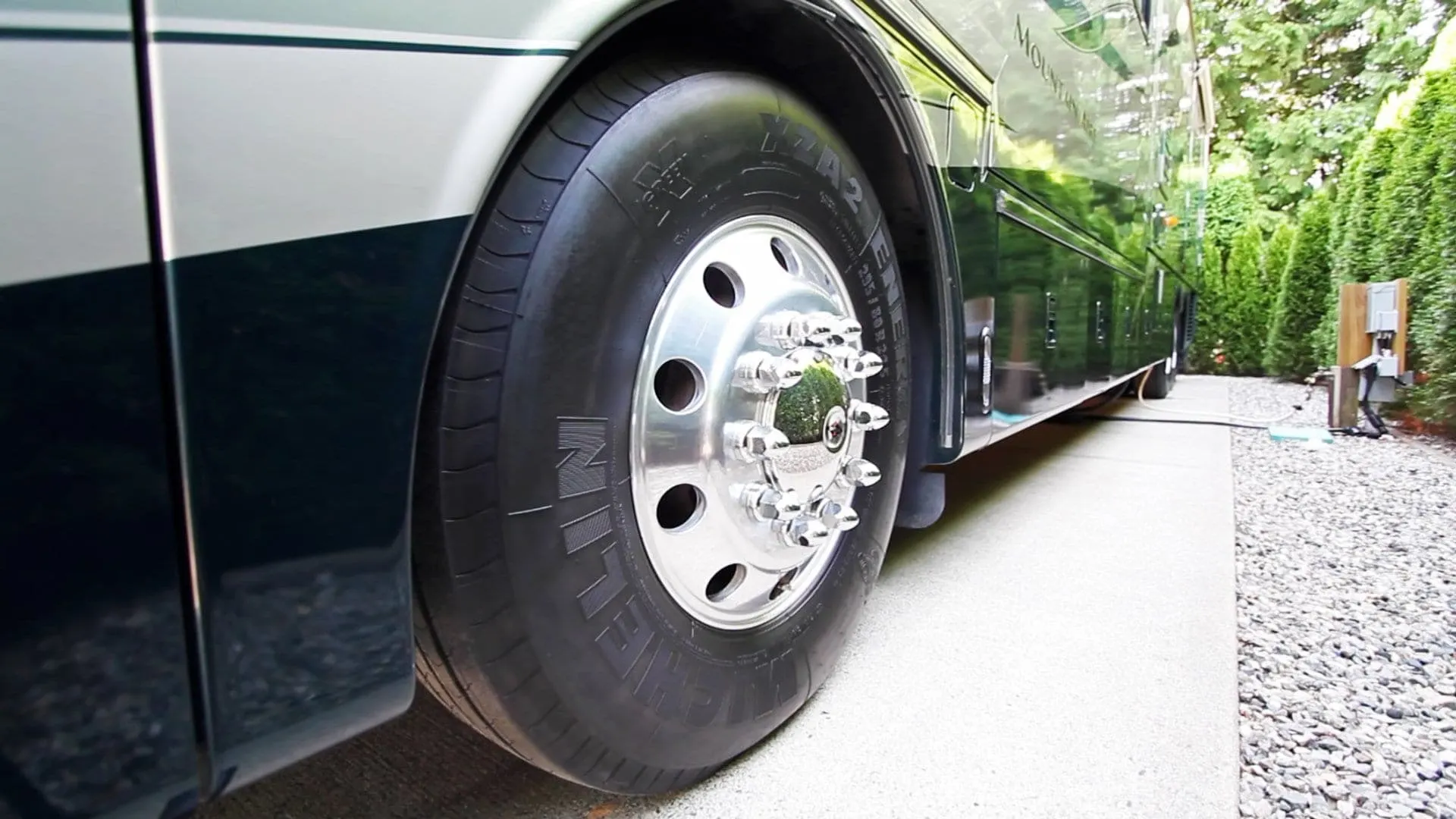
RV tires are a big investment, so it’s important to care for them optimally to extend their lifespan for as long as possible.
Because RV tires can be expensive to replace, we want to get our money’s worth out of them and we’re sure you do too. It makes sense to use RV tire covers as part of your tire maintenance routine because they add one more element of protection in extending the life of your tires. Extended tire life equals fewer tire purchases.
We don’t know of anyone who wants to spend money on tires sooner than necessary. Besides, budgeting for replacement tires isn’t fun. We would all prefer to spend that money on travel and experiences.
How to Choose RV Tire Covers
RV tire covers come in multiple sizes, colors, and materials. It’s important to choose what best fits your style and budget. Let’s break down your options.
By Color
The most common colors are white, black, and grey. There are pros to each one, but for the most part, you can choose a color to match your RV.
We haven’t conducted a scientific study to confirm/deny this, but white or lighter colors should reflect more light and, theoretically, keep your tires cooler than a darker color. But that difference is most likely a negligible factor compared to the reduction in temperature ANY color tire cover provides by preventing direct exposure to the sun’s UV rays.
Regardless of the color of the tire cover, manufacturers add a coating of UV blocker to the material they use to make their tire covers, ensuring that your tires’ rubber is protected from unnecessary exposure.
By Material
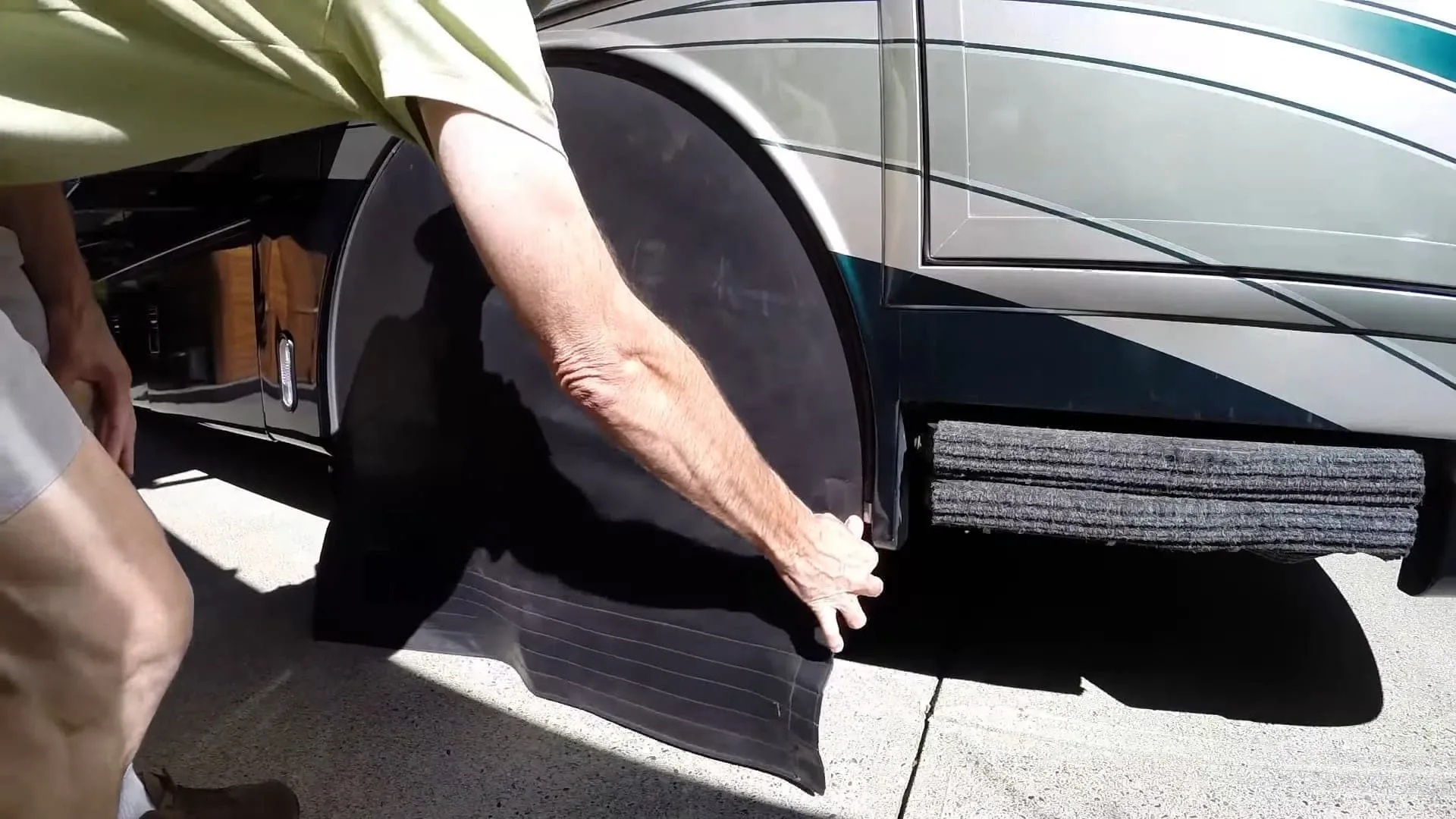
RV tire covers come in various colors and are made of different materials, but all protect your tires from an early demise.
The materials most commonly used for RV tire covers include vinyl, canvas, and aluminum.
Vinyl tire covers come in many colors and are coated to protect against UV rays, mildew stains, dirt, and rust. The inside of the cover is usually a flocked, flannel-like material to protect your tires and wheels from scuffs and scratches. There are even companies that will print or paint a custom picture or saying on your vinyl tire cover. Because vinyl is waterproof, it’s the recommended choice if you store your RV in wet climates.
Canvas tire covers are thinner than vinyl and don’t have a backing on them. The softer material means they won’t scratch your tires or wheels. They will, however, still protect from dirt and the sun’s rays. Because canvas isn’t waterproof, only choose this material if you store your RV (or plan to use your tire covers) in a dry climate.
Aluminum tire covers are typically intended to cover a spare tire, not as an everyday RV tire cover. They have a durable aluminum material for the outside of the cover and a soft inner layer that sits against the tires and wheels. They’re waterproof and are useful in all climates, especially where temperatures get well below freezing for extended periods, a condition that could crack a vinyl tire cover.
Ease of Installation
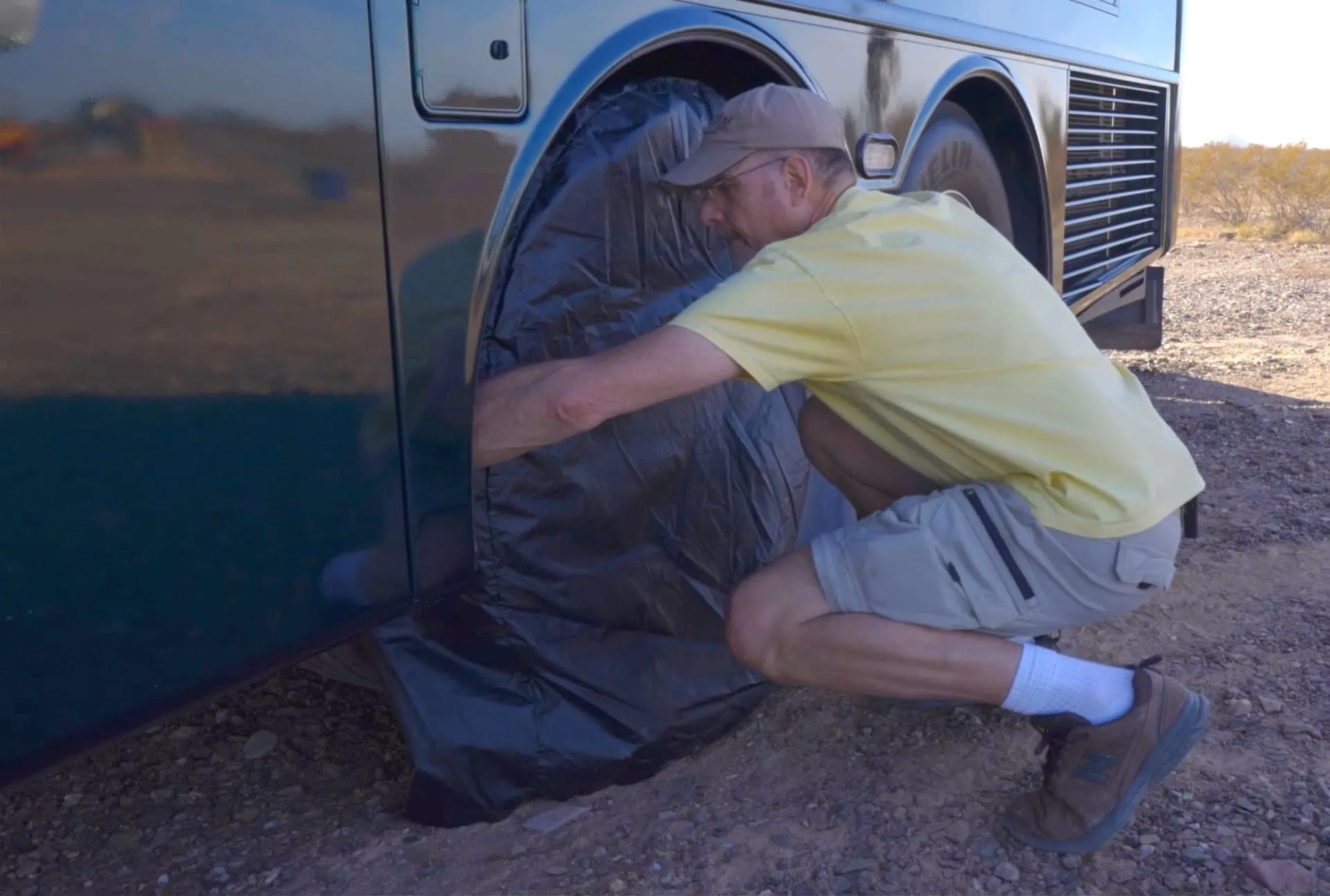
RV tire covers are easily slid over your tire for optimal protection from UV rays and other elements.
RV tire covers are generally easy to install. Most of them are designed to slip over your tires from the outside. With a couple of tugs here and there, they fit snugly if they’re the right size for your tires.
Tire cover manufacturers include multiple options for keeping covers in place. Some attach straps or a drawstring to the cover for you to tighten around your tire. Elastic or wire springs sewn into the hem are other methods used to keep the covers in place. Sometimes there’s a combination of the above items for an extra secure tire cover.
How to Measure for RV Tire Covers
You can calculate a rough estimate of the diameter of your tires by using the information in your tire size (usually written as something like 295/80R22.5) or by using an online calculator. But, honestly, the easiest way to measure for RV tire covers is to simply measure from tread to tread, across the center of the wheel.
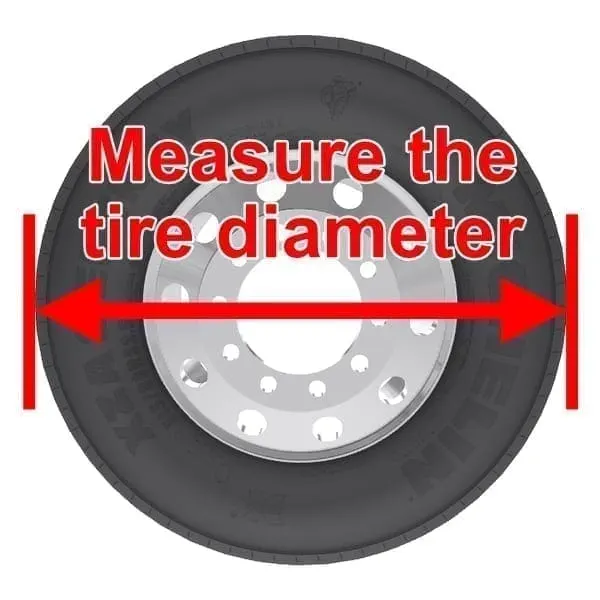 Just remember… because the covers have to reach around the entire tire, you want the diameter of the tire, not just the size of your wheel.
Just remember… because the covers have to reach around the entire tire, you want the diameter of the tire, not just the size of your wheel.
What About Our Old RV Tire Covers?
The covers we used for many years (and which many people have asked us about when they’ve appeared in our videos) we ordered for our Mountain Aire when we bought it in 2005. Unfortunately, the company that made them discontinued them many years ago, so we’ve never had a good recommendation for those who’ve inquired. And as our set continued to age, we struggled to find replacements… until this past year.
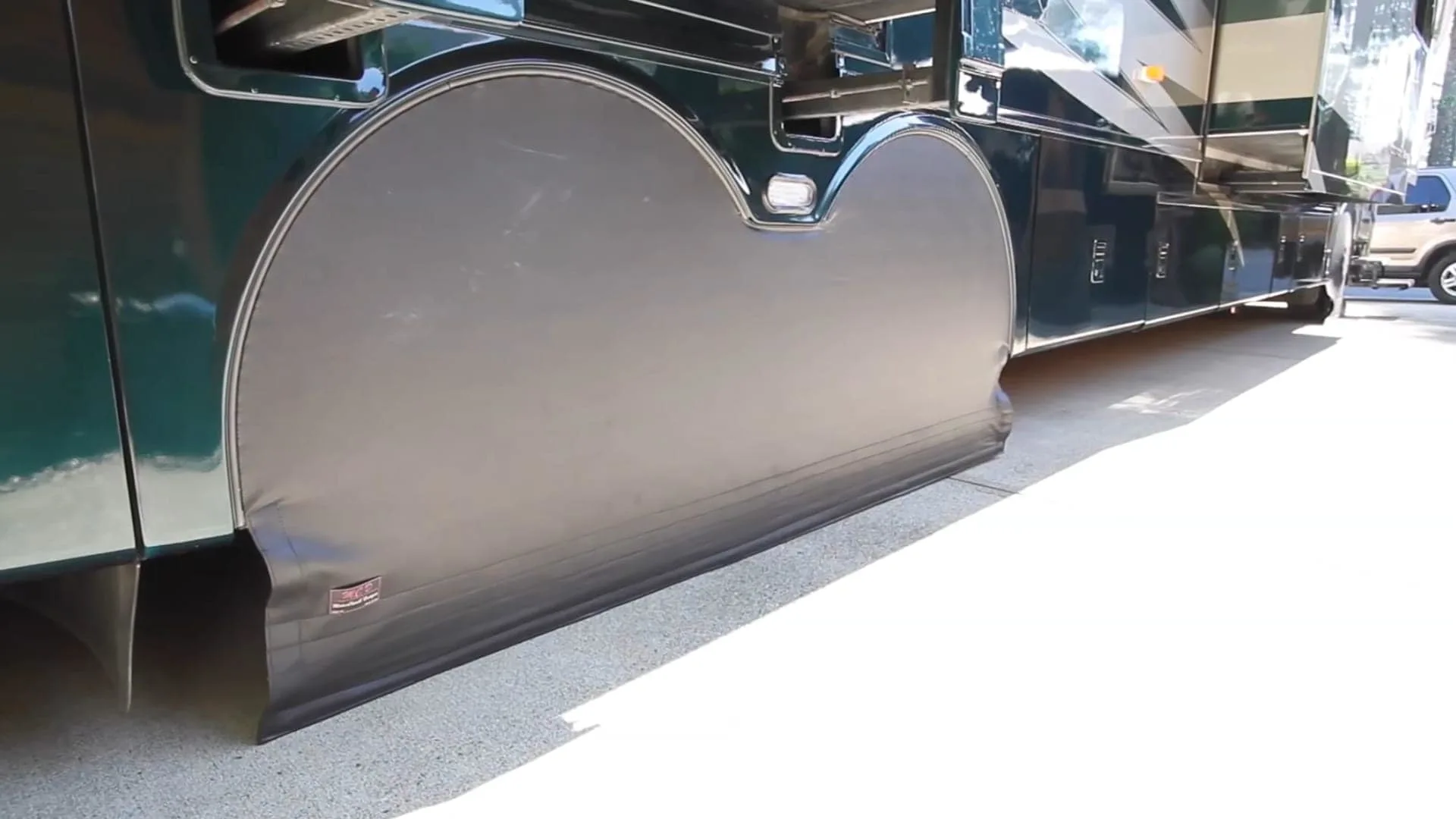
Our old RV tire covers sure looked cool when installed… and we ALWAYS got questions about them whenever we had them on!
There were several things we liked about our old tire covers:
- First off, they looked very good. The way they mounted inside the wheel wells and completely covered the entire area was unique… and caught a lot of people’s attention. We were asked about them all the time!
- They didn’t require reaching behind the (often dirty) tires to install… a bead sewn into the outer edge of each cover slides into a plastic track that’s mounted permanently into the inside lip of each wheel well. Putting the covers in place was done by sliding the fabric into that track, and then sliding a steel bar into a sleeve at the bottom of the cover, to hold it down.
- They were also height-adjustable (to a point… read on).
But while the “Wow!” factor of them was neat, they weren’t perfect. Remember the old SNL line “It’s better to look good than to feel good” from Billy Crystal’s character, Fernando? We don’t subscribe to that form-over-function attitude. And, having lived with those covers for 16 years, we know all the things about them that we don’t like.
- They were expensive! Because they were designed to be custom-fit to the wheel wells of our RV, they weren’t cheap to make… or buy. We really splurged on them when we bought our rig (as proud new owners, we really wanted it to look its best).
- They take up a fair amount of storage space when not in use… something that’s at a premium if you full-time. They require the use of a metal bar that’s inserted into the bottom of each cover once it’s installed, to weigh them down. But those bars were long (especially for the rear wheels) and had to be stored, too.
- Because the fabric was mounted to the body of the RV, when in an off-level site that required one side/end to be jacked up fairly high off the ground, the bottom of the tire was left exposed to the sun.
- Putting the covers in place (especially on the rear wheels, with the long metal bars for our tag axle RV) was more involved than standard tire covers. That meant we didn’t use them as often as we should when parking for shorter stays.
What RV Tire Covers Are We Using Today?
So, even if our old covers were still being made today, we wouldn’t buy a new set to replace them.
But for the longest time, we just limped along with what we already had, even though they were incredibly long in the tooth (tears, shrinkage, cracked/broken wheel-well tracks, etc). That’s because all of the replacements we could find required a fair amount of reaching around behind the tire to get them securely installed.
As clean as we tend to keep our RV, the tires are often dirty (or wet… or both), so having to secure a bungee cord or elastic strap around them to keep a cover in place just wasn’t what we wanted. And taking good care of our RV tires is just so important!
Then a viewer told us about SnapRing TireSavers by Covercraft. You can watch the embedded video above for more information (and to see these covers being installed/removed). We really love these new covers because:
- The metal ring sewn into the hem of the cover makes them SUPER easy to install… without having to reach behind the tire. Simply grab the edges of the ring and pull it open, angle the top of the cover over the top of the tire, and let the ring snap closed around the back to secure everything in place.
- They have an extra length of fabric at the bottom to ensure the whole tire remains protected, even if one side/end of the RV is jacked up.
- The fabric is durable, but soft and flexible, making them easy to put on, take off, and fold up for storage.
- They’re reasonably priced. Our old covers were expensive… and, to be honest, not worth the price in the end.
SnapRing TireSavers are sold in pairs, are available in a range of sizes (from 19″ up to 42″ to properly fit your RV’s tires), and come in your choice of white or black.
They’re available on Amazon and you can buy them at Camping World.
Conclusion
The reason to invest a relatively small amount of money in tire covers is to protect your tires from UV light, extreme weather, and grime, ultimately preventing you from having to make a larger investment in new tires, while keeping you safer on the road. And SnapRing TireSavers make that job as easy as possible, so you won’t have any excuse not to keep your tires covered!
Geek Out with Us Every Week
Join our newsletter to learn about all things RV-related. Every week we offer free tips, tricks, product reviews, and more to our online community of RVers. Whether this is your first time on the road or you’re a seasoned expert, we’d love for you to geek out with us!


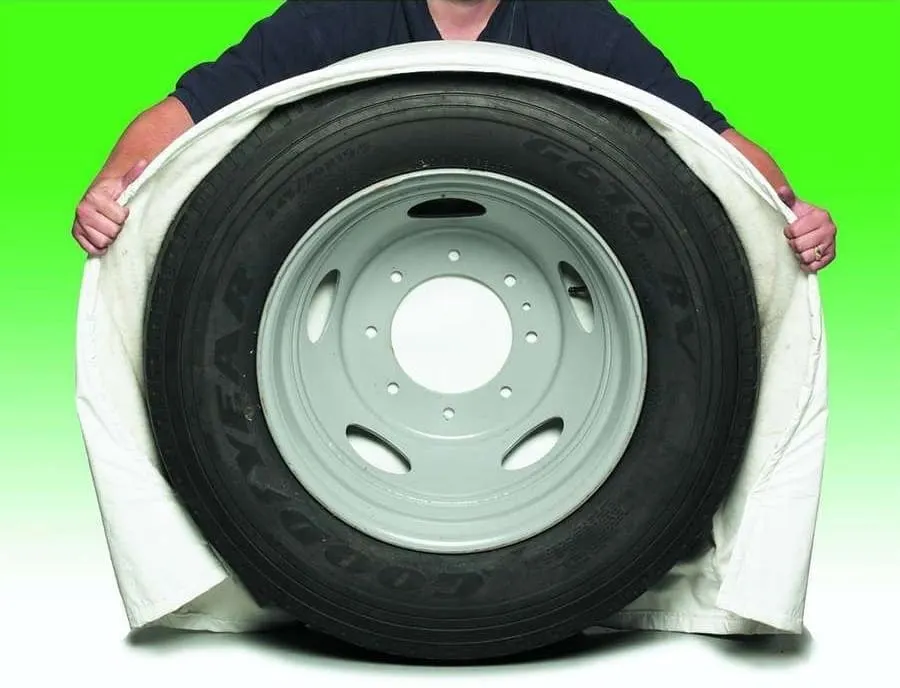
James Brawdy
Sunday 7th of May 2023
I would like to know if you have any data on how using tire covers have extended the life of your tires? Do you replace your tires every ten years and if you do does that negate the need for covers? Thank you.
David G.
Tuesday 27th of September 2022
I use tire covers religiously. But when i park my trailer is it better to park on concrete or on some plywood / wood ? OR ?? Thanks
Herm P
Friday 26th of May 2023
@David G., I had a set of the ring covers on a Trailways 35’ bus converted to MH for 30 years. Replaced the front tires about 6 yrs 100,000 miles and rear 10 years 150,000 miles only dual not tandem on rear. 25,000 gross weight total, threw the covers away after a year because they held moisture on the wheels! Didn’t like that moister held there? A 1960 bus for 12 years, mine from 1972-2002 and when sold it would have gone coast to coast with it! Herm P
TheRVgeeks
Tuesday 27th of September 2022
Hi David. Concrete is the absolute best surface to park on. No chemicals to leach into the rubber, and little moisture. But when you have to park on asphalt, grass or dirt for an extended period, placing barriers under the tires is a very good idea. We're currently RVing in Europe for over a month, and our rig is stored at a friend's place on a kind of dirt/grass/gravel surface. We picked up some super cheap plastic cutting boards, placed them in front of each tire, and rolled right onto them! Just like these: https://amzn.to/3BORxb2
Diane P.
Thursday 15th of September 2022
Tried to order the snap ring recently. The “expert” (self-described) told me you were wrong to recommend. Told me I needed the bungee cord type.
Got the bungee cord ones as the “expert” recommended. You have to crawl under the vehicle to attach. As an older female traveling mostly alone this is not good.
Just got the snap ring. Oh so easy.
Thanks for being the “experts”.
Larry Brown
Saturday 4th of June 2022
Thanks as always for all the great information and education. You guys have saved me lots of time, trouble, and heartache over the years. Just a suggestion on the tire savers - I found a very good price on etrailer for my new covers. Safe travels!
TheRVgeeks
Sunday 5th of June 2022
Always glad to help, Larry! And eTrailer is a great place to buy LOTS of stuff (or at least use in comparing prices... you never know WHO will have the best deal when you're ready to buy)!
Leslie Shannon
Thursday 28th of April 2022
I'm getting ready to buy new tires for my ol' girl (40'DP - "Phoebe" is her name - 2002 Fleetwood Excursion)... she will appreciate the new tire covers, since I don't have any right now - the former owners didn't include them. So - I just ordered with your promo code - thank you!
TheRVgeeks
Thursday 28th of April 2022
You and Phoebe are going to love those tire covers, Leslie!